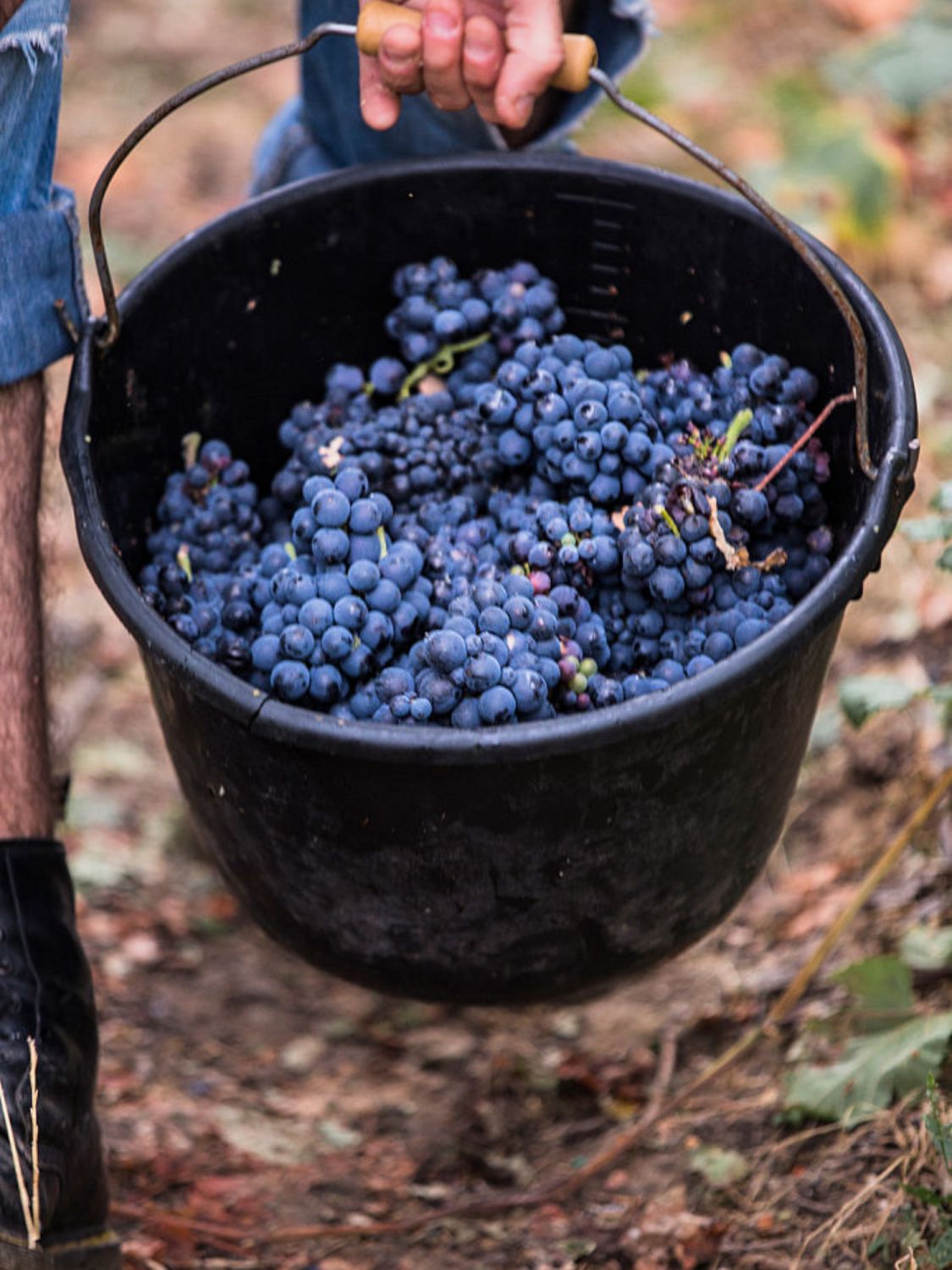Champagne is for life, not just for Christmas—and there is a perfect bottle for every taste
Twelve months after releasing the inaugural T Dining Guide to Champagne, I can happily report that while champagne has always made up a healthy part of my wine diet, the past year has been especially bubbly. Having—I hope convincingly—argued that champagne is to be enjoyed on more than just special occasions, I’ve found myself doing so in any number of settings with all sorts of different cuisines; nothing elevates a bowl of kimchi jjigae like a flamingo-pink saignée champagne. Meanwhile, champagne collecting has continued to flourish, with the Cristals, Salons and Clos des Goisses of the world occupying an ever more vaunted position in the global wine trade.
However, there are still a great many people— countless wine lovers among them—for whom champagne is still primarily a celebratory beverage, which is understandable for any number of practical, cultural and historical reasons. With one of the most popular champagne seasons for the non-champagne-obsessed just around the corner, here is a quick guide to picking the perfect fizz based on your go-to beverage. May your holiday season be sparkling and bright.
White Burgundy
White Burgundy fans are typically lovers of balance: richness and generosity reined in by cutting acidity and, often, a stern bite of flinty savour. Pierre Gimonnet Cuis Premier Cru Blanc de Blancs NV, from one of the old guard growers, is a brilliant reminder of why Champagne is—like Burgundy—considered a true centre of excellence for chardonnay. Vivid in fruit, resonant in aromatics and firm in its structure, this is a masterclass in tension and poise.



